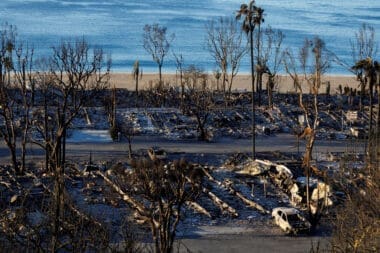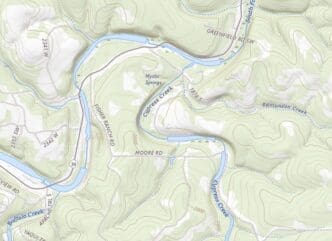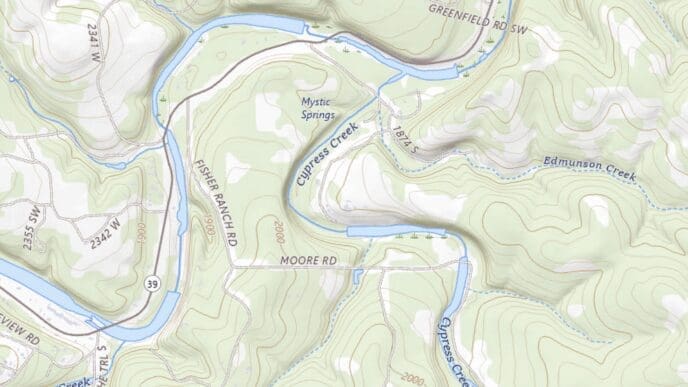The aftermath of recent wildfires in the Los Angeles area has left many residents grappling with the implications of lingering contaminants. Fires that destroyed over 9,000 structures and claimed 18 lives have sparked concerns over potential toxins, including lead, asbestos, and heavy metals, infiltrating homes. Residents who found their houses still standing have struggled to persuade their insurers to conduct necessary contamination testing to ensure safety.
In Altadena, individuals like Nicole Maccalla have faced significant challenges. Her home, severely damaged by the Eaton wildfire, was left filled with ash, debris, and soot. Despite her insurance initially agreeing to cover contamination testing, her claim was later rejected. The issue of coverage for such testing has become a widespread problem, with insurers often denying claims unless there is major damage.
In response, residents have formed a group called Eaton Fire Residents Unite, dedicated to sharing environmental testing data. This initiative has revealed that all tested homes show elevated lead levels, prompting some insurers to reconsider their stance. Despite these efforts, many homeowners still face the financial burden of private testing due to gaps in insurance coverage.
The Federal Emergency Management Agency has refrained from widespread environmental testing, and most existing studies focus on outdoor contamination. Urban wildfires, with their intense heat, can release contaminants such as heavy metals and benzene, posing health risks. However, there is no uniform standard for testing these contaminants within homes.
California Insurance Commissioner Ricardo Lara has emphasized the responsibility of insurance companies to investigate smoke damage claims thoroughly. However, residents continue to struggle for coverage. Experts like Dave Jones argue for the necessity of environmental testing to ensure safety, particularly given the high temperatures and toxic materials involved in such fires.
The California Fair Access to Insurance Requirements Plan, the state’s insurer of last resort, has faced criticism for its handling of smoke damage claims. A class action lawsuit challenges its high threshold for coverage, which requires visible damage. Meanwhile, residents under the FAIR Plan report ongoing claim denials, highlighting the need for legislative intervention.
The Bottom Line
The challenges faced by residents in the aftermath of the wildfires illustrate the complexities of insurance coverage in disaster scenarios. The debate over what constitutes “covered damage” highlights a gap between policy provisions and real-world needs. The lack of standardized testing and the financial burden on individuals underscore the necessity for clearer insurance guidelines and potential legislative changes.
For residents, the uncertainty surrounding home safety and the health risks posed by contaminants can lead to prolonged periods of displacement and financial distress. As such, there is a pressing need for improved communication and support from insurers, along with comprehensive policies that address the full spectrum of fire-related damage. Ensuring safety and peace of mind for affected homeowners should remain a priority as the community navigates recovery and rebuilding efforts.











